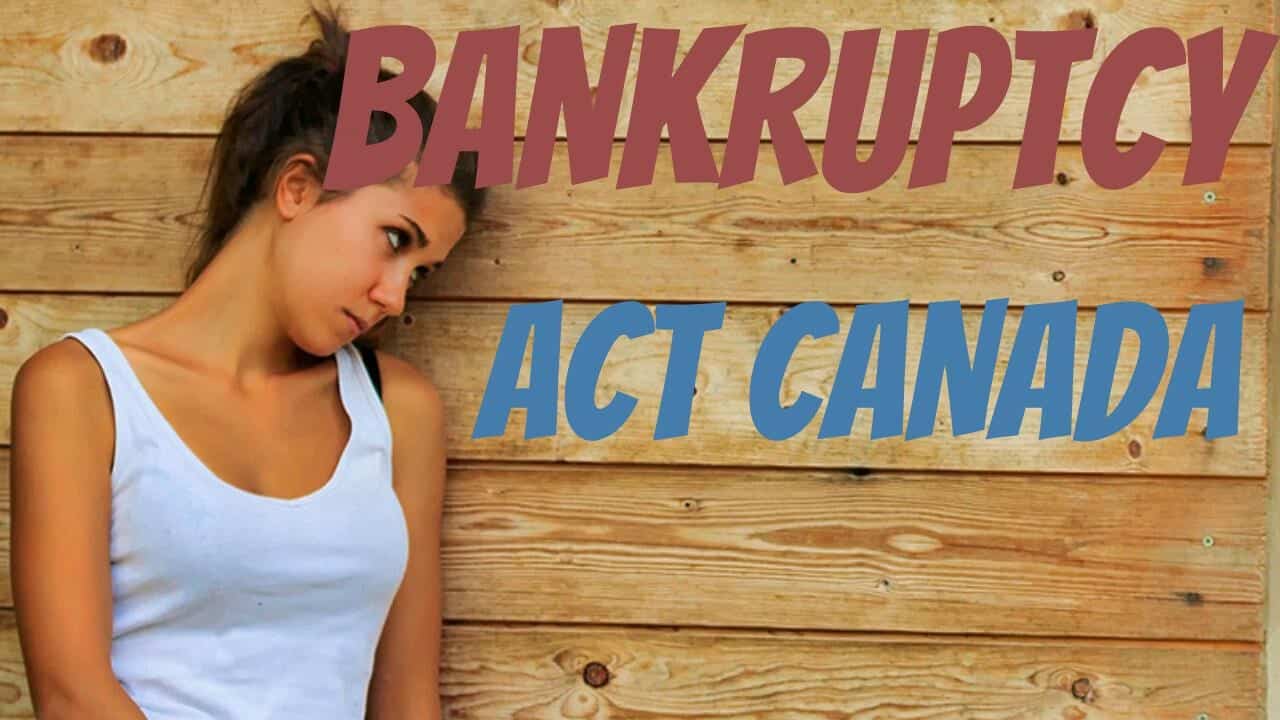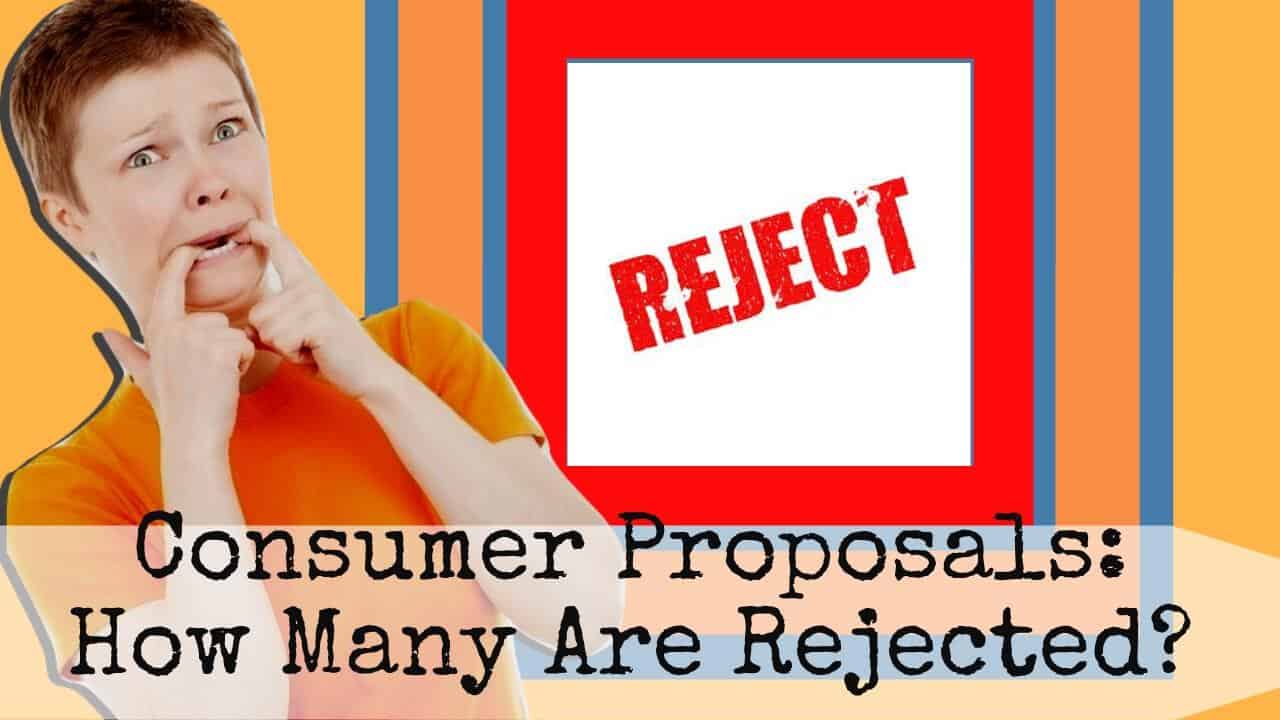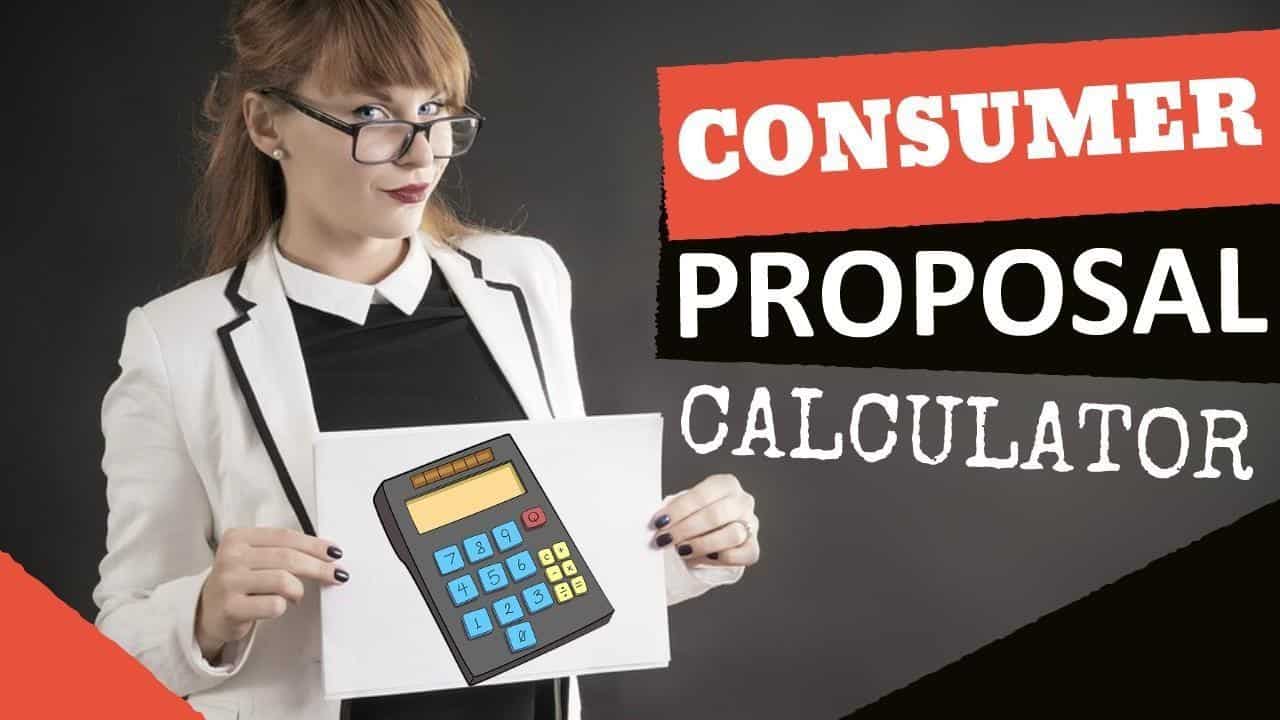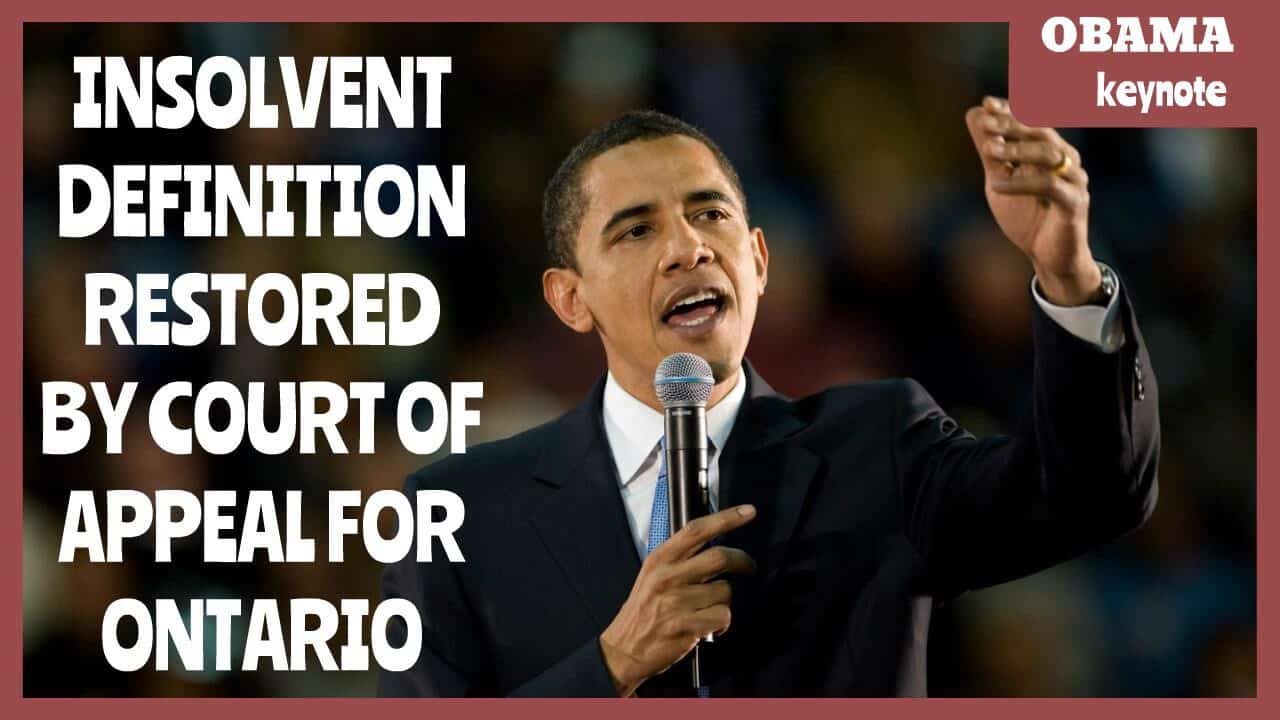If you would prefer to listen to the audio version of this how to file for bankruptcy in Canada Brandon’s Blog, please scroll to the bottom and click on the podcast below
Introduction
I am most often asked by people how to file for bankruptcy in Canada. When I receive that question, I tell people that there are a few steps that need taking before the actual filing. These steps are the process I use to make sure that the person can actually benefit from personal bankruptcy. I don’t just put someone into bankruptcy and hope that it will work out alright for them. I have to make sure upfront that there is a benefit for them. It has to make sense.
Getting over the initial fear
It takes a lot for a person to overcome that initial fear and reach out to phone me. They are admitting that they have financial problems. I understand the fear a person has. My role in that first phone call or meeting, for which there is no charge, is to help the person get over their fears. I answer the most important questions the person wants to be answered. I also need to remind them that the answers are by necessity, generic. Once I have their specific information, then I can answer their questions in a way that is specific to their situation.
How do I apply for bankruptcy in Canada?
The first step in the application process is providing me with detailed information about your specific situation. We get this information by having you complete our initial assessment intake sheet. We call ours the Debt Relief Worksheet.
The Debt Relief Worksheet collects the information we need to do a proper initial assessment. The information collected includes:
- Basic details such as name, address and marital status.
- A listing of all your assets and your debts.
- Your employment.
- Your household monthly cash flow/budget.
- Questions whose answers are important to understanding who you are.
You can click here to see a copy of our Debt Relief Worksheet.
The free assessment
Once I have a fully completed Debt Relief Worksheet, I can then analyze the information and provide you with an assessment designed specifically for you. Normally, when you first submit the information to me, I will have to follow up on questions for you to answer. This is all normal.
Once I have the full picture, I can properly assess what bankruptcy will mean for you. This will lead us to a discussion of alternatives to avoid bankruptcy that is right for you. It may be that you have a specific issue that can be dealt with outside of bankruptcy. Once resolved, the rest of your situation is manageable without resorting to a filing under the Bankruptcy and Insolvency Act, RSC 1985, c B-3 (BIA).
The next possibility is you can’t fix things on your own, but you still do not need a licensed insolvency trustee (formerly known as a trustee in bankruptcy) (Trustee) to do a BIA filing on you. Perhaps with credit counselling, you can get your budget under control and pay down your debts.
If the right answer is that you do not need to file under the BIA, I will tell you so and connect you with the proper help that you need. The cost for me to review your situation and provide you with the right alternatives available to you is zero. It will not cost you anything.
Consumer proposal vs bankruptcy
If you do need a formal insolvency filing, we have to figure out which one. We are still looking at if you can avoid bankruptcy. We do this by looking at your whole situation. We first look at what bankruptcy means to you. What would the outcome of your bankruptcy be?
Some of the factors we consider are:
- Your assets that would not be exempt and therefore would be handed over to us as your Trustee.
- Have you ever been bankrupt before?
- Are your debts $250,000 or higher, not including any mortgages or other loans secured by your principal residence?
- Do you owe $200,000 or more to Canada Revenue Agency (CRA) for unpaid income tax?
- Are all your tax filings up to date?
- Your income and do you have a surplus income?
- If you do have surplus income, what would your monthly payment be and can you afford it in your budget?
- Based on the information you gave us, can we determine the likelihood of any creditor opposing your discharge from bankruptcy?
- Any other special circumstances you have told us about.
The answers to these questions help us determine if you need to file for bankruptcy or not. In many cases, I help people avoid bankruptcy by filing a consumer proposal. As I have written before, in many cases, it is possible to avoid bankruptcy.
By filing a viable consumer proposal debt settlement plan, you are offering to pay your creditors a fraction of what you owe. You are promising to make monthly payments for a time period not greater than 60 months. A successfully completed consumer proposal will release you from your debts that exist at the time of your filing.
Those that are eligible to file a consumer proposal choose this option. They are happy to avoid bankruptcy. Our assessment and the advice we give you on consumer proposal vs bankruptcy is still free.
How to file for bankruptcy in Canada
If we decide that bankruptcy is necessary, we will then prepare the required documents. These documents include your sworn Statement of Affairs and your monthly cash flow budget. The Statement of Affairs is a document that:
- Identifies you.
- Lists your assets with their respective estimated realizable value.
- Indicates which assets are exempt from seizure, if any.
- Lists your creditors by name and amount owing.
Part of the filing process is that the insolvent person swears that the document is accurate. This is done in our office as our Trustees are also commissioners for taking oaths for the work we do. All of this is done in my office.
I then electronically file the sworn Statement of Affairs and other required documents with the Superintendent of Bankruptcy. Once the Official Receiver, who is the Superintendent of Bankruptcy’s local official, reviews and accepts the filing, the insolvent person is officially bankrupt.
This is how a person files for bankruptcy in Canada.
What happens if I declare bankruptcy in Canada?
Once you declare bankruptcy (or file a consumer proposal), all collection and enforcement action against you stops. Creditors can no longer sue you or harass you trying to collect the outstanding debts. You are now protected by the stay of proceedings.
Then the Trustee needs to take possession of your assets that are not exempt from seizure under provincial law. Before you file, I always tell you what those assets are and what will happen.
If you declare bankruptcy (or file a consumer proposal), you will have to attend two counselling sessions. Those sessions are conducted in my office by the Trustee who is also a qualified credit counsellor.
If you have met all of your duties and responsibilities in your bankruptcy, including the payment of surplus income if required, you are then entitled to a discharge from bankruptcy. If no creditor or the Trustee objects to your discharge, then you receive an absolute discharge. If there is something in your activities or your background where there is an objection to your discharge, then the matter must be heard in the bankruptcy court.
Before you file, I will give you my best-educated guess on the likelihood of an objection to your discharge arising.
Will I lose my house if I file bankruptcy in Canada?
If you declare bankruptcy, there are various ways and conditions in bankruptcy that you will NOT lose your house.
Everybody who owns a house and also experiences financial issues is worried about losing their house. Losing your home is possibly among the most terrible concerns people with a huge debt load that is crushing them have. This is exactly how it functions if you file for personal bankruptcy in Ontario.
In Ontario, the provincial regulation that describes what is excluded from seizure is called the Execution Act, R.S.O. 1990, c. E.24. For a full checklist of all bankruptcy Ontario exemptions, please review my Brandon’s Blog, BANKRUPTCY IN ONTARIO CANADA SECRETS EXPOSED.
The exemption in Ontario for your house is $10,000 of equity. The present thinking is that if your equity is $10,000 or less, if you go bankrupt, then your entire equity is excluded from seizure by the Trustee. Nonetheless, if your equity is $10,001 or greater, your whole equity in your home is NOT exempt and also is readily available to your Trustee for the benefit of your creditors.
Keep in mind that we are talking about your equity. In determining your equity, we first have to determine the market value of the house. We then deduct any mortgages or other loans registered against the property. The net result of this calculation represents your equity. If you own the home jointly with your spouse, then it is half of that number that is your equity. The other half belongs to your spouse.
If someone is available and willing to purchase your equity from the Trustee for its value, then the Trustee will collect that money. Once the Trustee sells its interest in the equity of your home, the Trustee no longer has an interest. If the person purchasing your equity is your spouse, another relative or friend, they are doing it so that you will not have to leave your home.
If that happens, then you will not lose your house if you file for bankruptcy. If you have no equity because the loans registered against your home is equal to the home’s value, again, you will not lose your home.
How much does it cost to file bankruptcy in Canada?
The expense of declaring bankruptcy is something you will certainly need to take into consideration. Just how much you will need to pay to go bankrupt relies on a number of variables, including:
- your month-to-month income;
- what assets you own;
- the size of your family members; and also
- whether you have ever been bankrupt in the past.
You are required to your surplus income into your estate every month. Surplus income is defined by the federal government. If your household makes over a certain amount every month, you pay a component of your earnings over that base set by the government each year. That base is essentially the poverty line.
The surplus income computation is reasonably complicated. I recommend you bring your current pay stubs to your meeting with me to make sure that I can accurately estimate it for you.
The fee a Trustee is entitled to charge in an ordinary personal bankruptcy must be approved by the Court. In a bankruptcy where there really are no assets, the fee is set in the statute.
If you have non-exempt assets, the Trustee sells them and receives the proceeds of the sale(s). If you have surplus income to pay, the Trustee collects those payments from you. The Trustee’s fee, which is the cost of the bankruptcy, comes from the money collected by the Trustee. So, in this example, where the Trustee has collected more than the cost of the bankruptcy approved by the Court, there is no additional cost to you at all. In this way, the Trustee is free!
If there are no assets or surplus income, then the bankrupt has to make monthly payments to the Trustee to cover the cost of the bankruptcy. If the bankrupt person cannot afford to, then you will have to get a relative to put up the money necessary to pay for the cost of your filing for bankruptcy. In this case, the government approved fee is in the range of $1,800.
Summary
I hope this Brandon’s Blog gives you a good idea of how to file for bankruptcy in Canada. We know that having too much debt is very stressful.
The Ira Smith Team understands how to help you rid yourself of your debts. However, more importantly, we understand your emotional needs. You are worried because you are facing significant financial challenges. You are worried not only about yourself but also your family.
The stress placed upon you due to your financial challenges is enormous. We understand your pain points. We look at your entire situation and devise a strategy that is as unique as you and your problems; financial and emotional. The way we deal with your problems and devise a debt settlement plan, we know that we can help you.
We know that when you are facing financial problems you need a realistic lifeline. There is no “one solution fits all” approach with the Ira Smith Team. That is why we can develop a debt settlement plan for you as unique as the financial problems and pain you are facing. If any of this sounds familiar to you and you are serious in finding a solution, contact the Ira Smith Trustee & Receiver Inc. team today.
Call us now for a free consultation. We will get you back on the road to a healthy stress-free life. We will help you to recover from the pain points in your life, Starting Over, Starting Now.
[monkeytools msnip=”http://monkeyplayr.com/playr.php?u=5173&p=21449″]


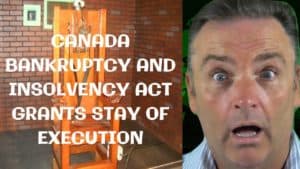
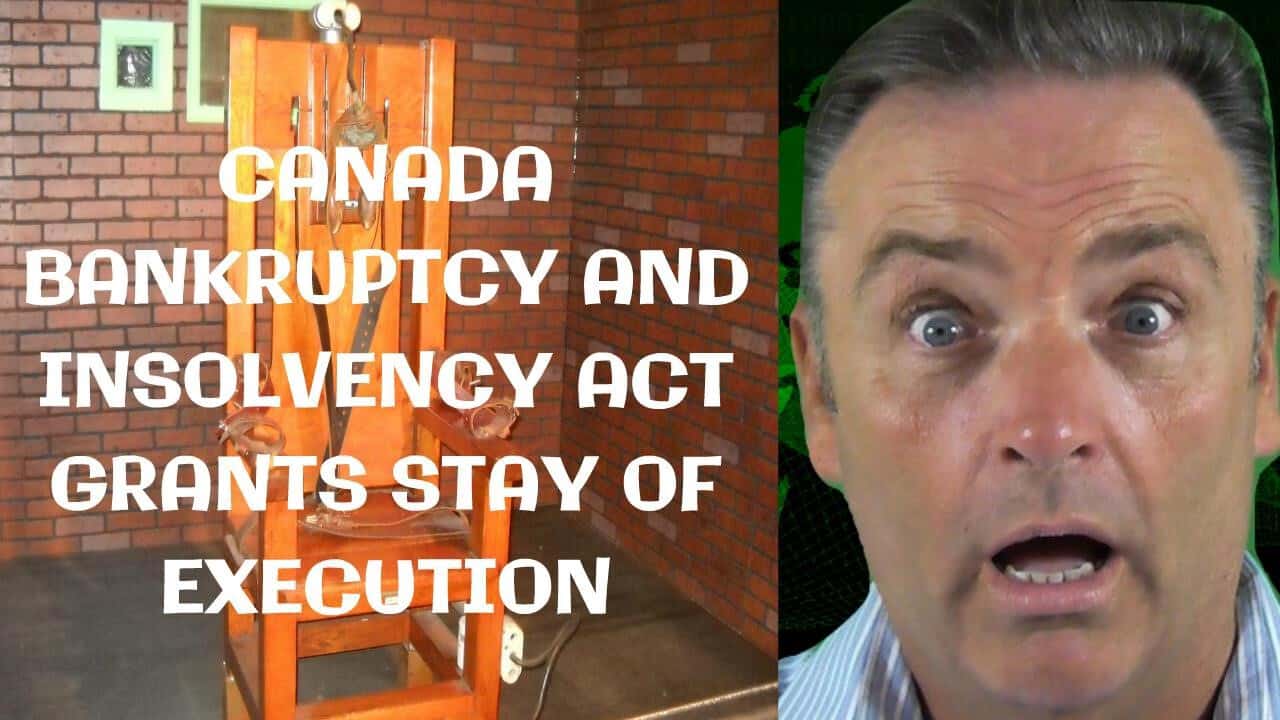 canada bankruptcy and insolvency act
canada bankruptcy and insolvency act


